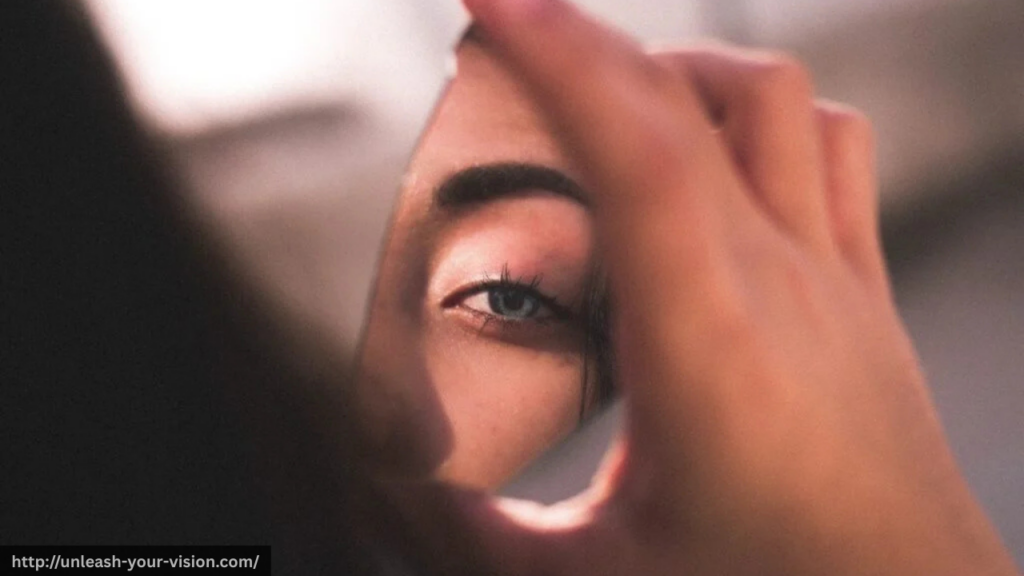
When people think about the long-term effects of addiction, they often focus on damage to the liver, heart, or brain. But addiction also takes a silent and progressive toll on something most of us take for granted—our eyesight. Whether it’s drugs or alcohol, substance abuse can lead to a wide range of eye health issues, from temporary vision problems to permanent blindness. Understanding how addiction harms your eye health over time can be a crucial step in prevention and recovery.
The Eyes: A Window into Addiction
The eyes are complex and sensitive organs. Because they rely on a network of blood vessels, nerves, and nutrient supply, they are especially vulnerable to the effects of toxic substances. Substances that enter the bloodstream—such as alcohol, opioids, stimulants, and even tobacco—can affect how the eyes function and how well you see.
In the early stages of substance use, you may notice temporary symptoms such as dry eyes, redness, dilated or constricted pupils, or blurry vision. These may seem minor or easily ignored, but they are often early warning signs of deeper, long-term damage.
Chronic Substance Use and Vision Decline
Over time, continuous substance use can result in more serious eye health complications. Here’s how addiction can impact your eyes as it progresses:
- Toxic Optic Neuropathy
Long-term alcohol abuse and drug toxicity can damage the optic nerve, a condition known as toxic optic neuropathy. This condition reduces visual sharpness, impairs color vision, and in severe cases, can lead to permanent blindness. The damage often occurs slowly, making it easy to overlook until significant vision loss has already occurred. - Retinal Damage
Stimulants like methamphetamine and cocaine can cause blood vessels in the retina to constrict, limiting oxygen supply. Without adequate oxygen, retinal cells begin to deteriorate, resulting in blurry vision, blind spots, or even total vision loss. - Cataracts and Premature Aging of the Eyes
Excessive alcohol consumption and smoking are associated with the early formation of cataracts—clouding of the eye’s lens that leads to blurred vision. People who abuse these substances often experience age-related eye issues much earlier than those who do not. - Glaucoma
Certain substances, including stimulants, can increase intraocular pressure, raising the risk of glaucoma. This eye condition damages the optic nerve and progresses silently, often without symptoms until irreversible vision loss has occurred. - Vitamin Deficiencies
Addiction often leads to poor nutrition, especially in chronic alcohol users. Deficiencies in Vitamin A, B12, and other nutrients essential for eye health can result in dry eyes, night blindness, and nerve damage.
Protecting Your Vision in Recovery
The good news is that some damage to the eyes caused by substance abuse can be halted or even reversed with early intervention. Key steps include:
- Seeking professional help to overcome addiction.
- Scheduling regular eye exams.
- Eating a nutrient-rich diet that supports eye health.
- Staying hydrated and avoiding tobacco products.
Conclusion
Addiction doesn’t just harm your body—it affects your vision in ways that can quietly worsen over time. From minor discomfort to irreversible blindness, the impact on your eyes is real and serious. Recognizing the signs and taking steps toward recovery can protect your eyesight and enhance your overall quality of life. Your vision matters—take care of it.